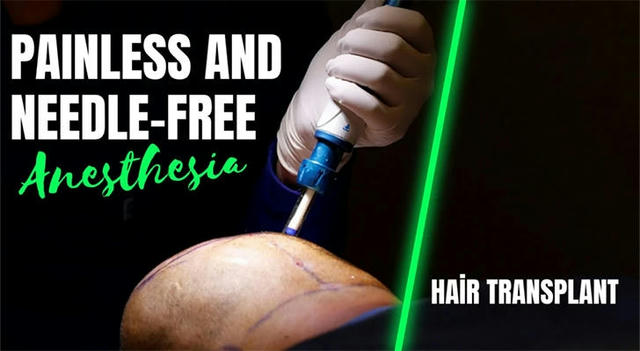Regrow Hair at No Cost: Here's How to Get Started
Hair loss can deeply affect a person’s confidence and emotional well-being. Whether caused by medical treatments, accidents, or other factors, it can feel overwhelming. Luckily, several charitable initiatives and programs in the U.S. offer free or low-cost hair restoration services, providing hope for those who need it. Here are the key avenues to explore.

1. Nonprofits Offering Hair Restoration Help
Charitable organizations have stepped up to provide assistance to those facing hair loss. These nonprofits often collaborate with clinics to deliver services for free or at reduced prices:
Locks of Love: Renowned for providing wigs, this organization also partners with clinics to help individuals suffering from conditions like alopecia or burns access affordable hair restoration solutions.
The Hair Club Foundation: Through special events, they offer free consultations and access to hair care products and treatments for those in need.
Restore Foundation: Founded by Dr. William Yates, this initiative specializes in providing complimentary or low-cost procedures for people who’ve experienced traumatic hair loss.

2. Participating in Clinical Trials
Clinical trials can be a gateway to cutting-edge hair restoration treatments at no cost. Research institutions and medical universities often conduct trials that cover expenses for participants. To find ongoing studies, visit websites like ClinicalTrials.gov. Remember that eligibility criteria will vary depending on the trial.
3. Veterans’ Hair Restoration Benefits
U.S. military veterans who’ve experienced hair loss due to service-related injuries or treatments may qualify for assistance through the Department of Veterans Affairs (VA). Speak with a VA healthcare provider to explore your eligibility and potential treatment options.
4. Charity Events and Special Offers
Many hair restoration clinics and nonprofits host charity drives, giveaways, or awareness events where free or heavily discounted hair transplants are offered. These opportunities often require participants to share testimonials or engage in promotional campaigns. Stay updated by subscribing to newsletters or following these organizations on social media.
5. Crowdfunding for Hair Restoration
Crowdfunding is an increasingly popular way to fund medical procedures. Platforms like GoFundMe allow individuals to tell their stories and gather financial support from the community. Many have successfully raised the money needed for hair restoration through these platforms.
Real Stories of Recovery
Traumatic hair loss affects people in countless ways. For instance:
A firefighter who lost hair due to severe burns during duty. A cancer survivor dealing with permanent hair loss after intensive chemotherapy. A young woman hiding hair loss from a childhood accident with wigs for years. Programs like Operation Restore—run by the International Society of Hair Restoration Surgery (ISHRS)—offer hope. Through this initiative, volunteer physicians provide free surgeries to individuals who need them the most.
Tips for Accessing Free Hair Restoration Services
Prepare Medical Records: Many programs require documentation to confirm your condition. Collect relevant medical notes and history in advance.
Apply Broadly: With high demand for these services, it’s wise to apply to multiple programs to increase your chances.
Stay Persistent: Waiting lists are common, but persistence often pays off.
Monitor Opportunities: Sign up for updates from nonprofits and clinics to stay informed about upcoming initiatives or offers.
For those dealing with hair loss, these programs and strategies provide a pathway to regaining hair and confidence, often at little to no expense. With a combination of patience and determination, these solutions can make a significant difference.
